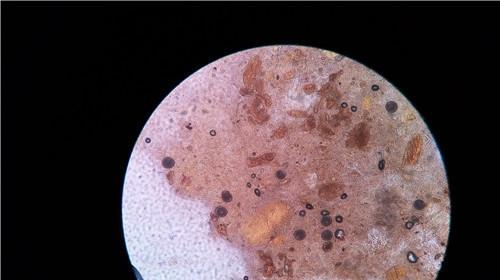With the popularity of pets, the number of pets and more pets with pets. However, due to the particularity of their own lifestyle, pets are more likely to infect parasites, especially parasites in the body are often not found. However, it will cause serious harm to the health of pets and even threaten human health.
At present, there are many parasites that pets can feel, and they must be divided into internal and in vitro. The most common parasites in the body are intestinal parasites. Of course, intestinal parasites are not just staying in the intestine simply, and they will move to other parts in the body with different life stages. There are also many methods for inspection. The following is a detailed introduction.
1. Doubt:
1. Blood test. Blood routine tests often indicate allergic reactions when eosinophilic granulocytes increase. The most common is parasites, so it can be suspected of having intestinal parasites.
2. Physical examination, eating and drinking normal dogs and cats, physical examination results are thin animals, which can suspect that intestinal parasites.
3. Pets with a history of flea life. Because fleas can spread tapeworms, pets with a history of flea life have a high chance to infect tapeworms.
4. Pets who eat and drink normally.
5. Lamous pets.
2. Confirmation:
1. Excess of the insect body. Parasitic insects develop adults in the intestine, and some of them will be eliminated with excrement. At this time, the living insect body can be seen. This is the most confirmed way. However, once the excreted worm body appears, it can not only show that the infection is very serious, and there are a large amount of insect body and larvae, and the eggs.
The excreted worm body
2. Examination of insect eggs. This is currently the most commonly used clinical examination method. With the help of microscope to observe the situation of the stool, it can detect the insect eggs of the parasites, which greatly improves the accuracy of inspection. However, this method is affected by the amount of stool collection and the processing method, and there is also a certain detection rate.

Microscopy
3. Check the remaining egg shell after the insect eggs. The most common clinical parasites are the examination of insect eggs, but due to the problem of accuracy, the examination of the egg shell can be improved to a certain extent. As shown in the figure below, many doctors often see such pictures under microscope. Because they are significantly different from parasitic eggs, they are often ignored. In fact, this is the egg shell left after the parasitic is hatched. If such a substance is found in a microscope under the microscope, it can also be judged as a parasitic infection. It's just that this method cannot accurately determine which parasite is.
Microscope check
Three, Summary:
Due to the particularity of pets' living habits, such as dogs like to smell licking everywhere on the ground, these habits make them more likely to change parasites, plus more stray animals, on the one hand The proportion of insects is quite high, and parasites in these bodies are common to human and animals, so insect repellent is necessary. The intestinal parasites are not valued because the worm is in the body.
Therefore, when diagnosis is diagnosed, intestinal parasites need to be treated. Suspecting is to confirm the diagnosis, and to prevent it when there is no. Only in this way can we prevent problems and provide a healthy and safe environment for pets and family members.
